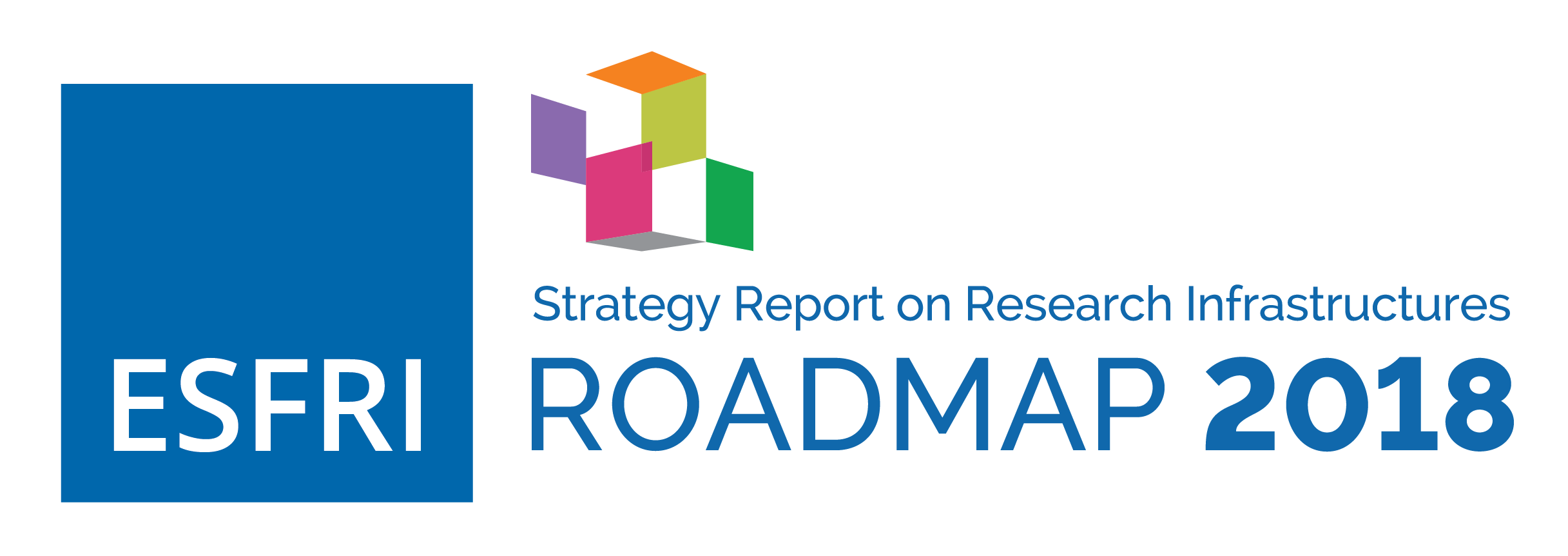Vision and Perspectives
The medium to long-term vision (2020-2040) for environmental Research Infrastructures is based on the objective to better facilitate and enable researchers to work in a more integrated manner towards universal understanding of our planet and its behaviour, and to tackle environmental challenges. It is important to study not just individual domains of our planet, but to observe as many of those domains synergistically. This should result in the evolution of a seamless holistic understanding of the Earth’s system. Three interdependent resources, that of technological capital, cultural capital and human capital are needed to develop and achieve that vision: technological resources which entails the building of monitoring/observational, computational and storage platforms and networks; cultural resources entailing open access to data – requiring rules, licenses and citation agreements on metadata and data; and human capital requiring data scientists as well as discipline scientists.
A federated approach should help to reduce overlaps, to maximise synergies and benefits, and to coordinate Research Infrastructures in order to optimize observing systems ranging from in situ and remote sensing data measurement and collection, to data analysis in the laboratory. Concrete actions towards this direction have started already within the ENVRIPLUS (Environmental Research Infrastructures Providing Shared Solutions for Science and Society) project, the cluster of ENV RIs, built around ESFRI roadmap and associated leading e-infrastructures and Integrating Activities, and RIs from other domains as Health & Food for fostering cross-disciplinarity.
ENVRI has proven to be an excellent tool to coordinate Environmental RIs regarding everything from Management, Access policy, Data handling etc. It is of imperative importance that this initiative is continuing.




